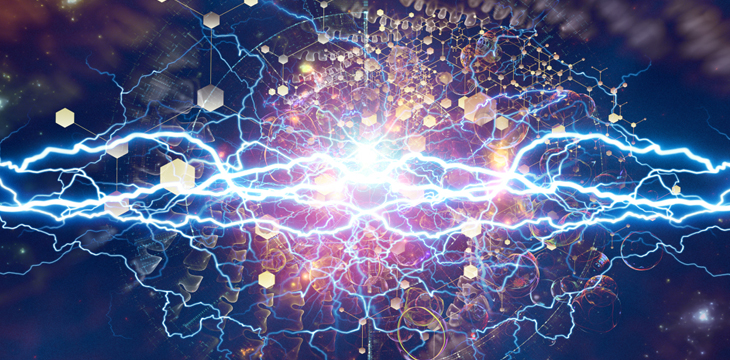
The Lightning Network (LN) is supposed to speed up payments on the blockchain, routing transactions through powerful nodes on a second layer for greater efficiency. Heralded as something of a saviour for coins struggling with delayed payments, you would expect it might deliver for those running these payment hubs.
Andreas Brekken of ShitCoin.com acquired the largest node on the Lightning Network, representing some 49% of liquidity on the network and causing a spike of some 216% in network capacity. The development caused surprise amongst Lightning Network proponents, leading to speculation over what had possibly driven the surge in interest. As it turns out, it was solely down to the actions of Brekken.
Formerly an engineer at Kraken and co-founder at Justcoin.com, Brekken has been involved in the cryptocurrency space since 2011.
Recently, the man routed 260 payments for an estimated $0.3, in what was billed as an experiment into the efficacy of running a Lightning Network payment hub. In an honest review of the network, Brekken shared his conclusions on running the hub.
Bitcoin Lightning Network #2: We must first become the Lightning Network
Will payments route through super-connected “hubs”? Will they collect and share your information with the government? Andreas finds out.https://t.co/ehsqQYa7G7
— Shitcoin.com (@ShitcoinDotCom) July 19, 2018
“The node has routed 260 payments for other users, averaging a profit of $0.0012 USD per transaction. I doubt that this will cover the costs of running the node, but leave the node running for now,” he wrote, noting that, “Maintaining a Lightning Network payment hub is stressful and makes very little profit. Hopefully the risk will decrease and profit increase as the Lightning Network gains traffic.”
The blog post will make for concerning reading for proponents of LN, casting doubt over whether at this level, payment hubs are viable at all. In comparison, processing fees average at $0.001 on-chain on the Bitcoin Cash network.
Some have raised concerns over the centralise of so much liquidity in the hands of a single individual, while others have been less concerned, so long as the liquidity is there. However, with apparently limited returns in running a payment hub, and lack of any incentive structure for new prospective nodes, it is questionable whether the network can ever move beyond a tight circle of control.

 09-20-2024
09-20-2024


